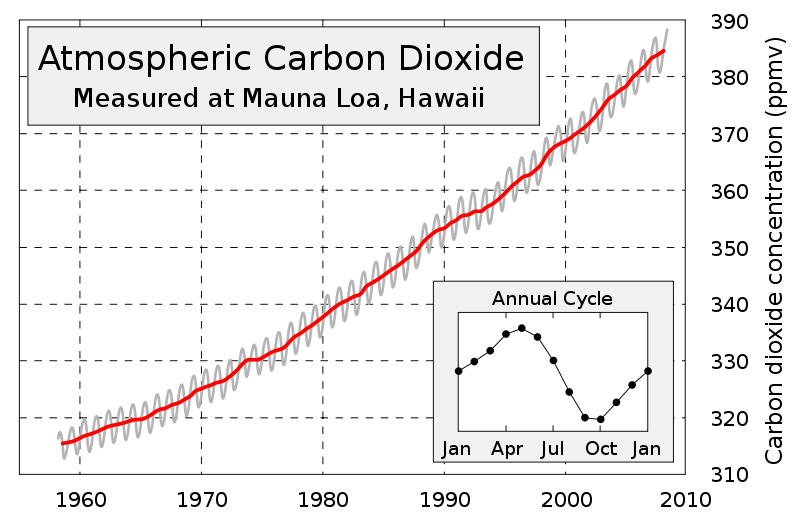INSTITUTE INDEX: Clinging to dirty energy in the South

Concentration of carbon dioxide in Earth's atmosphere prior to the dawn of the industrial age 200 years ago, as measured in parts per million: 275
Current atmospheric concentration of carbon dioxide in ppm: 392
Atmospheric carbon dioxide level that scientists say is necessary to avoid catastrophic and irreversible climate impacts, in ppm: 350
Percent of U.S. carbon emissions accounted for by coal-fired electricity: 40
Percent by which the big Southeast Five utilities -- Duke Energy Carolinas, Florida Power & Light, Georgia Power, Progress Energy and South Carolina Electric & Gas -- plan to reduce their coal generation capacity over the next two decades: 16
Percent by which Duke Energy Carolinas plans to reduce its coal generation during that period: 3.6
Size in megawatts of the new coal-fired power unit that Duke Energy is building at its Cliffside plant in western North Carolina, scheduled to begin operating next year: 825
Tons of carbon dioxide that the Cliffside plant will emit to the atmosphere each year: 6,000,000
Amount by which Progress Energy is planning to increase its reliance on natural gas in the coming years: 25
Percent by which greenhouse gas emissions from drilling for natural gas in shale formations actually exceeds such emissions from coal-fired electricity over time: 20
Average percentage of the Southeast Five's generation capacity expected to come from wind and solar over the next couple of decades: 0.25
That figure for Duke Energy, the Southeast Five's leader in planned wind and solar power: 0.77
That figure for Progress Energy Florida, SCE&G and Georgia Power: 0
Average percentage of the Southeast Five's generation capacity expected to come from energy efficiency over the next couple of decades: 1.9
That figure for SCE&G, the Southeast Five's leader in planned efficiency: 5.09
Percent of Georgia Power's and FP&L's total generation capacity expected to come from energy efficiency: 0
Total amount by which the Southeast Five are planning to increase their generation capacity over the next two decades, in megawatts: 23,188
Percent of that capacity increase represented by planned nuclear reactors: 38
Total number of new nuclear reactors those utilities are planning to build: 10
Approximate cost of each new nuclear reactor: $10 billion-$12 billion
Percent by which the five utilities' current business plans are expected to increase customer rates: 50-100
Compared to nuclear energy, percent less that energy efficiency and onshore wind power cost per kilowatt-hour: 1/3
Percent of the world's electricity needs that could be met with renewable energy by 2050, according to a recent United Nations report: 80
(Click on figure to go to source. Most are drawn from a new report titled "New Nuclear Power Is Ruining Climate Protection Efforts and Harming Customers" by NC WARN, a North Carolina-based climate watchdog group. Graph by Robert A. Rohde from NOAA data via Wikipedia.)
Tags
Sue Sturgis
Sue is the former editorial director of Facing South and the Institute for Southern Studies.
